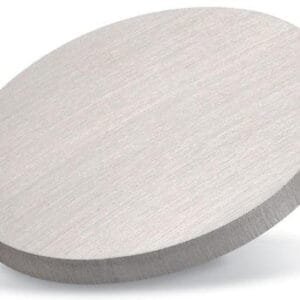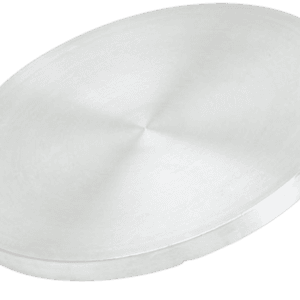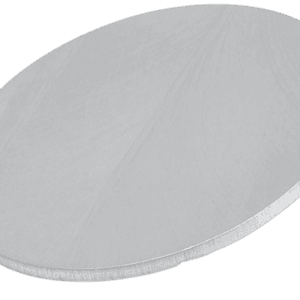Iron Hafnium Sputtering Targets Description
The Iron Hafnium Sputtering Target is a specialized material used in sputter deposition, a technique for depositing thin films onto substrates with high precision. This method is commonly applied in the manufacturing of electronic devices, semiconductors, and various thin-film technologies.
By combining iron and hafnium in the sputtering target, the resulting thin film will possess unique properties derived from both elements. The specific attributes and applications of the thin film will be determined by the intended use and desired characteristics of the final product.
Related Products: Iron Gallium Sputtering Target, Iron Chromium Sputtering Target, Iron Manganese Sputtering Target
Iron Hafnium Sputtering Targets Specifications
| Compound Formula | Fe/Hf |
| Molecular Weight | N/A |
| Appearance | Metallic solid |
| Melting Point (℃) | N/A |
| Boiling Point (℃) | N/A |
| Density (g/cm3) | N/A |
| Available Sizes | Dia.: 1.0″, 2.0″, 3.0″, 4.0″, 5.0″, 6.0″ Thick: 0.125″, 0.250″ |
Iron Hafnium Sputtering Targets Application
The Iron Hafnium Sputtering Target is commonly used in the production of electronic devices, semiconductors, and various thin-film applications.
Iron Hafnium Sputtering Targets Packaging
Our Iron Hafnium Sputtering Targets are meticulously handled during storage and transportation to ensure they remain in pristine condition.
Get Contact
TFM offers Iron Hafnium Sputtering Targets in various forms, purities, sizes, and prices. We specialize in high-purity thin film deposition materials with optimal density and minimal grain sizes, which are ideal for semiconductor, CVD, and PVD applications in display and optics. Contact Us for current pricing on sputtering targets and other deposition materials that are not listed.





Reviews
There are no reviews yet.